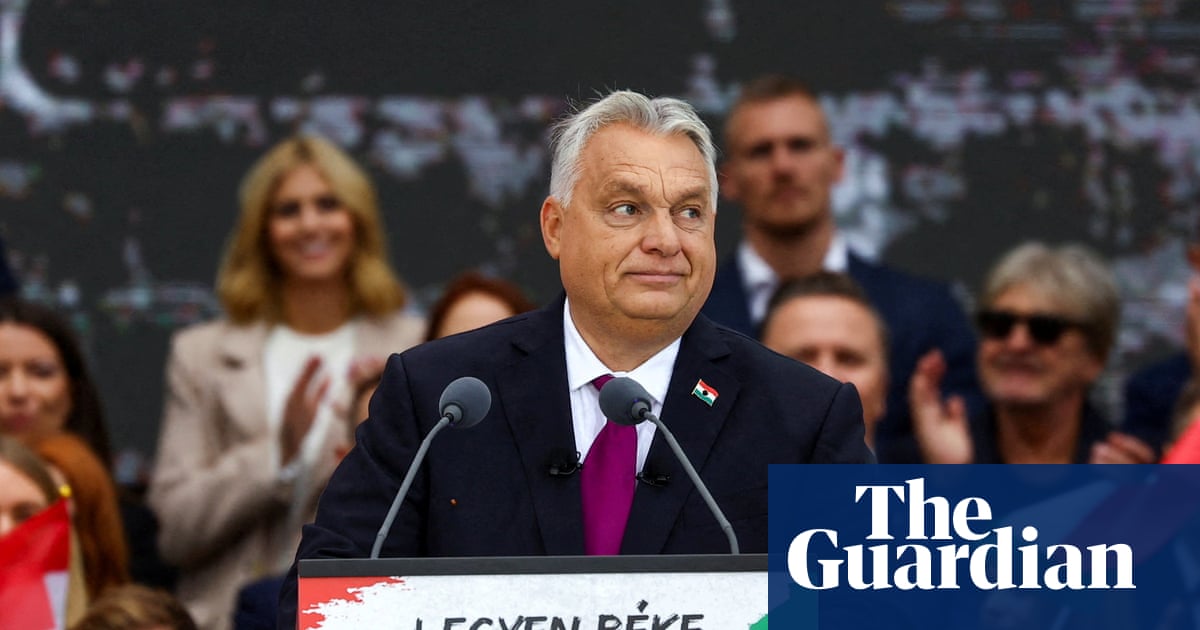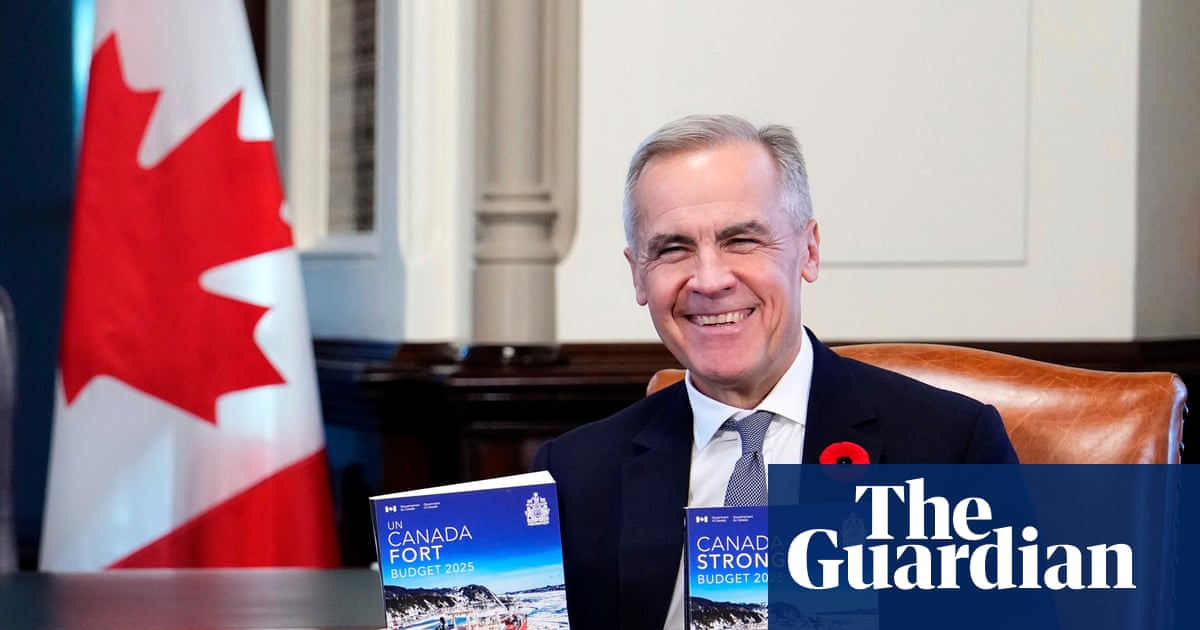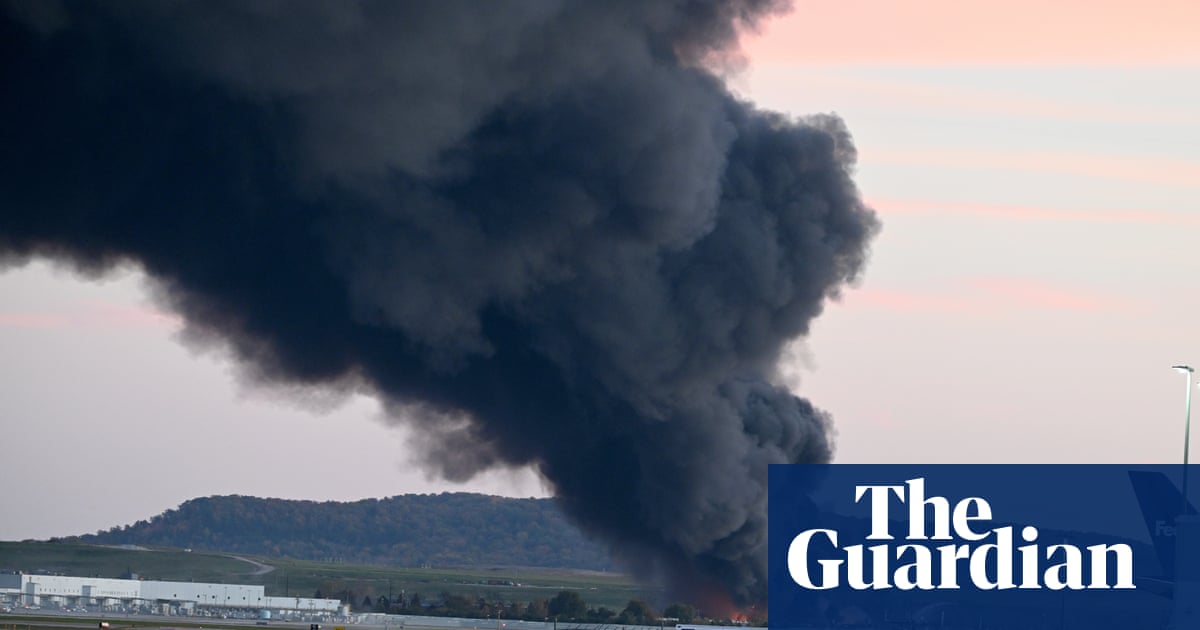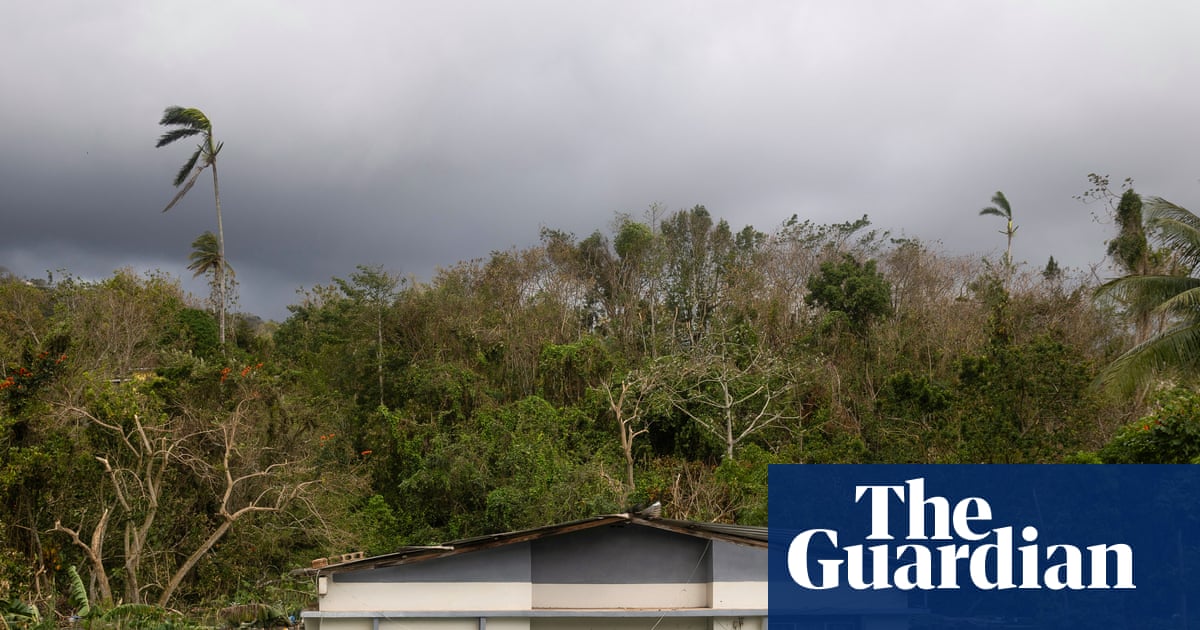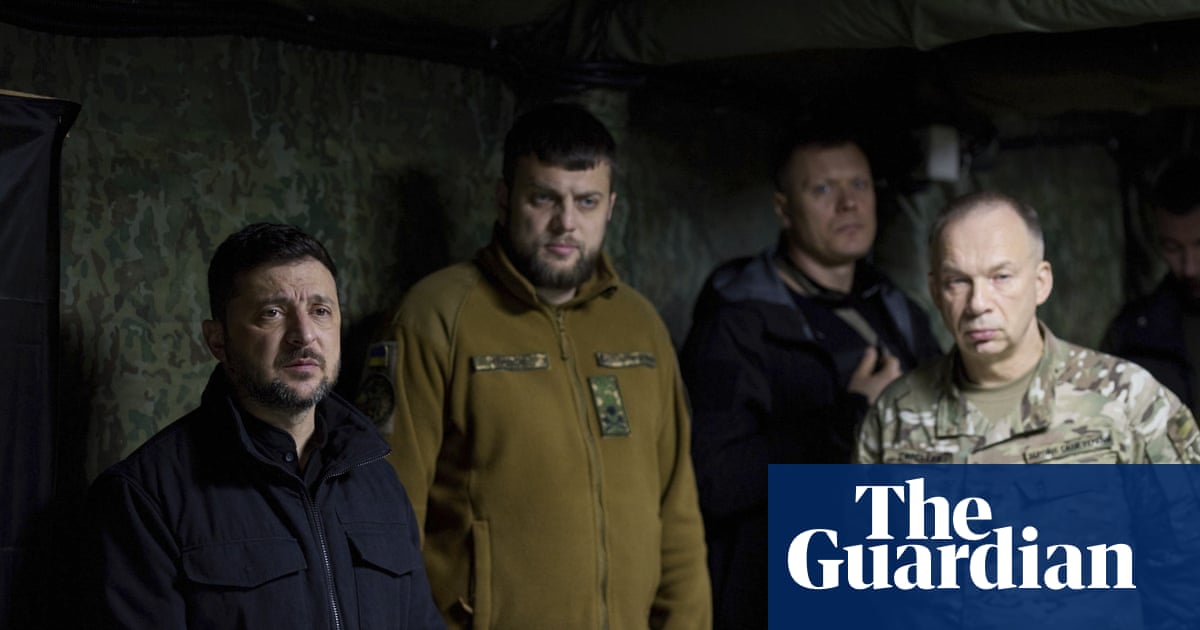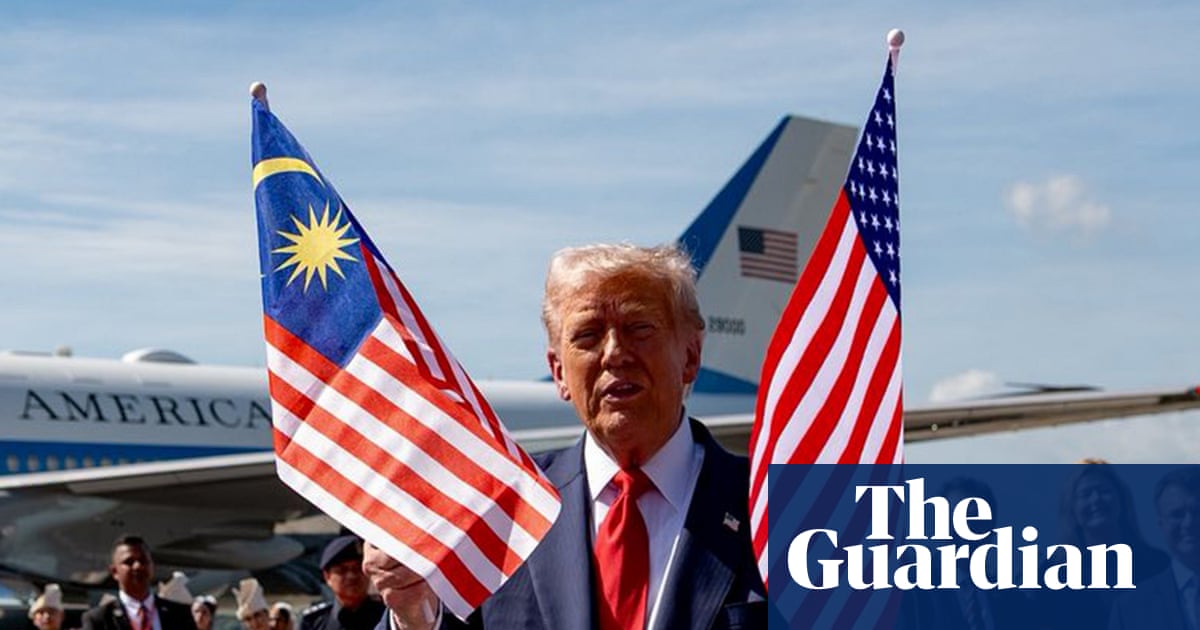-
The unprecedented drone confrontation in Poland’s airspace on Wednesday was conducted at least in part with Russia’s Gerbera UAVS, according to a Polish army official. The Gerbera is a cheap long-range drone that Ukrainian intelligence says is assembled in Yelabuga, Russia, from kits supplied by a Chinese manufacturer. It is made of materials like plywood and foam, and driven by a motor and propeller at the back, like the Shahed drones that Russia either buys from Iran or builds itself.
-
Ukrainian and western analysts say Russia uses the Gerbera as a decoy to saturate Ukraine’s air defences, but sometimes also as a flying bomb equipped with a small warhead, or for reconnaissance. China denies shipping wares to Russia for use against Ukraine, but such shipments have been regularly documented and China’s support for Vladimir Putin’s war has been called out by world leaders. Ukrainian intelligence also says smuggled electronic components from US and European manufacturers have been found in the Gerbera despite restrictions on their export to Russia.
-
Volodymyr Zelenskyy slammed western and global leaders for “lack of action” over Russia’s violation of Polish airspace with drones, some of which the Nato member and allies shot down. “There have been more than enough statements, but so far there has been a lack of action. The Russians are testing the limits of what is possible. They are testing the reaction. They are recording how the armed forces of Nato countries act,” Zelenskyy said in his daily address.
-
Zelensky said “we need to work on a joint system of air defence and create an effective air shield over Europe”, adding that Ukraine had presented proposals for joint protection of European airspace “in a coordinated, well-thought-out, joint way … No one can guarantee that there won’t be hundreds, if there are already dozens of drones. Only joint European forces can provide protection.” Zelenskyy suggested the joint Russian-Belarusian military exercises getting under way in Belarus could serve as a “training plan” for future Russian action.
-
Boris Pistorius told Germany’s parliament that the drones were “clearly set on this course” to enter Poland and “did not have to fly this route to reach Ukraine … There is absolutely no reason to believe that this was a course correction error or anything of the sort,” said the German defence minister, who added that the Poles reported the drones were “suitably armed … so something could have happened at any time”.
-
Donald Trump’s initial offering about the Poland incursion was a social media post: “What’s with Russia violating Poland’s airspace with drones? Here we go!” The US president’s comment stood in contrast to the strong condemnation by European leaders and that of his own ambassador to Nato, Matthew Whitaker, who posted: “We stand by our Nato Allies in the face of these airspace violations and will defend every inch of Nato territory.”
-
The UK will mass produce low-cost Ukrainian-designed interceptor drones to help Ukraine fight off Russian UAV attacks. The defence secretary, John Healey, will detail the project, the first under a technology-sharing deal with Kyiv, at the Defence and Security Equipment International (DSEI) trade show in London on Thursday. Healey, after holding talks in London on Wednesday with defence officials from Poland, Italy, France and Germany, condemned Russia’s “reckless” incursion into Polish airspace.
-
Indian buyers are demanding bigger discounts on Russian crude oil because of the risk posed by dodging the international price cap, oil industry analysts have told Reuters – with some Russian sellers responding by saying they will send oil cargoes to China instead. The US, EU and G7 allies sanctioned Russian imports after Moscow’s invasion of Ukraine, and prohibited insurers and maritime service providers from facilitating exports to third countries unless they were below a price cap. Donald Trump has, however, changed policy, putting tariffs of up to 50% on Indian exports to the US until India stops buying any Russian oil.
-
The EU has lowered the price cap for Russian oil from October to $47.60 a barrel, down from $60. The US did not support the cut, and Russia and its customers have continued to evade it anyway, according to Reuters. “Sanctions coordination between the US and the other G7 nations does seem to have largely broken down under the Trump administration,” said Richard Bronze, head of geopolitics at consultancy Energy Aspects. In a sign things may change, the European Commission chief, Ursula von der Leyen, said on Wednesday that the EU was considering a faster phase-out of Russian fossil fuels as part of new sanctions. An EU team has been in Washington this week to discuss possible coordinated measures.
-
The US state department on Wednesday announced the approval of a $1.07bn sale of advanced air-to-air missiles and related equipment to Nato ally Finland, which shares a long border with Russia. The US Congress still needs to sign off on the transaction. Finland along with Sweden abandoned decades of military neutrality and joined Nato straight after Russia’s all-out invasion of Ukraine.

 1 month ago
41
1 month ago
41




